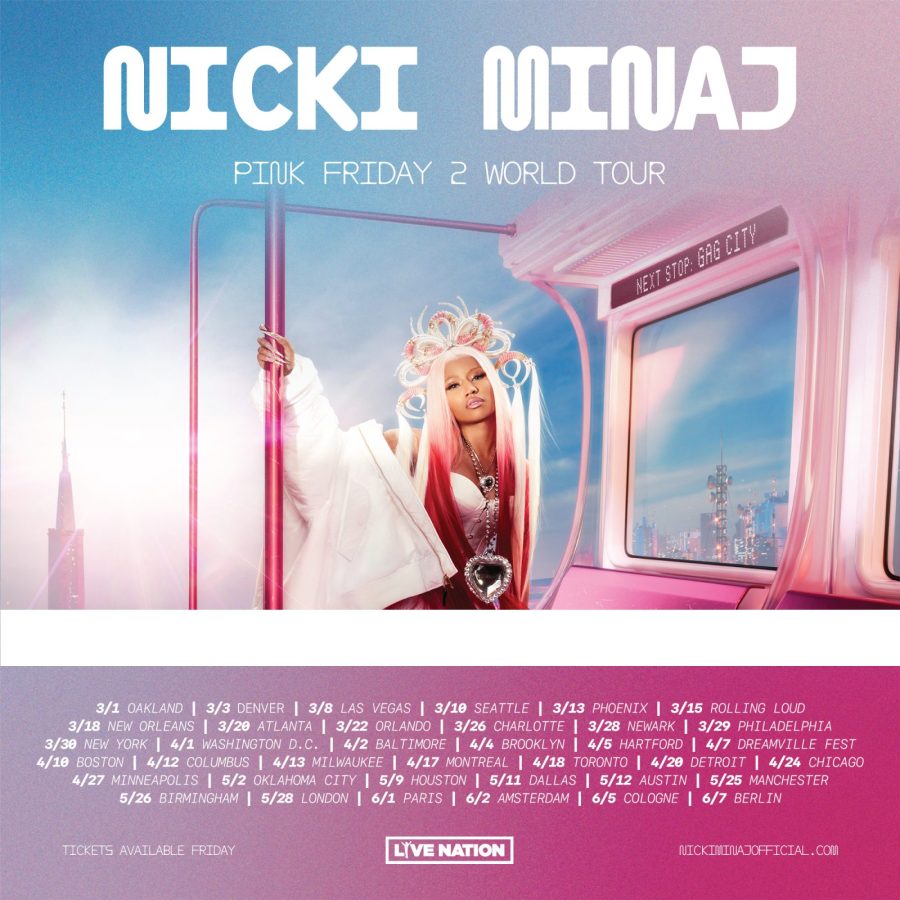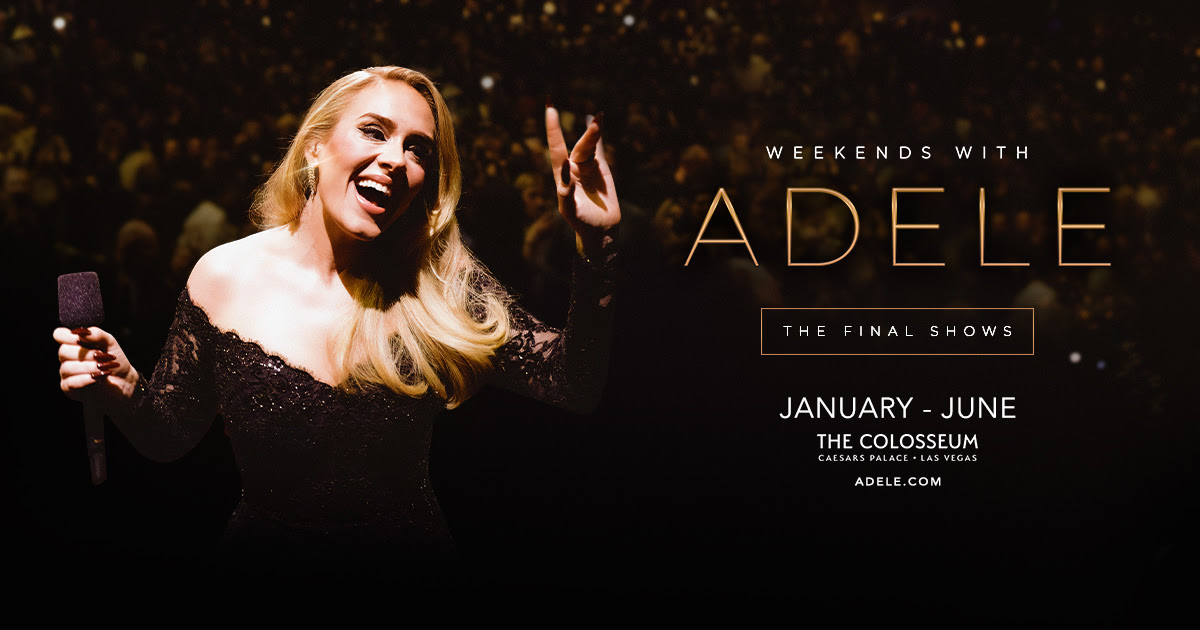Sometimes when I listen to Holly Herndon’s music, I think what an amazing thing that Ms. Herndon is making music in 2016 instead of 20 or 30 years ago. Over the last decade or so, what people have come to think as indie rock has broadened to include things that would have been considered jazz (Kamasi Washington), ambient (Tycho) and psychedelic (Tame Impala). These diverse sounds are played back-to-back on national indie rock stations like KEPX and WFUV. To me, this harkens back to the late 60s when record stores mixed the R ‘n’ B in with prog rock and assumed no one cared. Here’s a secret: no one did.
Herndon’s music is unique for sure. To some degree, she is part a group of emerging artists combining the composition style and arrangements of classical music but the post-modern tones of both the electronic music of the past and present, such as Oneohtrix Point Never and Tim Hecker. But where Herndon is truly unique and utterly uncopiable is how she uses her live but manipulated singing as a wordless instrument. She and bandmate/singer Colin Self sing beautiful melodies that are effected on the fly and melded seamlessly with Herndon’s creative (and house and hip hop-inflected) beats.
Last week at Holly Herndon’s performance at the Teragram Ballrooom, fans were amazed by the non-stop creative sounds of Herndon and company. Self had entire songs where instead of singing notes, he simply made rhythmic sounds and the band processed these sounds into a gorgeous polyrhythm by using a really unique music/multimedia program called Max/MSP (which Herndon also controlled her amazing projected visuals). Herndon’s use of Max/MSP is a key here. Everyone knows that the industry standard of live electronic music is Ableton and while making live music, Ableton, makes simple things easy, to some degree, it can limit an artist’s choices.
Max/MSP, though an older program, really gives Herndon a sound unlike other artists. The program sounds less like a 20-16 DJ and much more like an electronic Music Concrete artist of the 1970s like Morton Feldman or Wendy Carlos that has been remixed by a current re-mixer. It truly is heady stuff.
Herndon’s music generally eschews the traditional rock song format. Her live show contains very few “choruses” but rather weaves new and repeated melodies while building up or tearing down the beats and basslines to create something I would call a “piece” rather than a song. At the Teragram Ballroom these pieces were enhanced by an incredible projected visual show behind Herndon and Self. Combining extremely current Bay-area-like graphics with future-of-the-past processing, the screen behind them constantly moved and shifted behind what looked to be photos and videos but also would black out and talk to the crowd using DOS-like old school computer graphics. A very cool effect for a very cool show.
The fact that something as unusual as this filled a room the size of the Teragram really speaks for the broadening of the indie rock world. 15 years ago this might have only happened at a college concert hall, but living in a world where Holly Herndon plays to a full mid-size rock venue speaks well for now and the future.
Words: Stephe Ps–X
RELATED CONTENT:
Tycho an impressive counter in Mojave to main stage finishers at Coachella
Com Truise gets dapper at his sold-out Echoplex birthday celebration show














